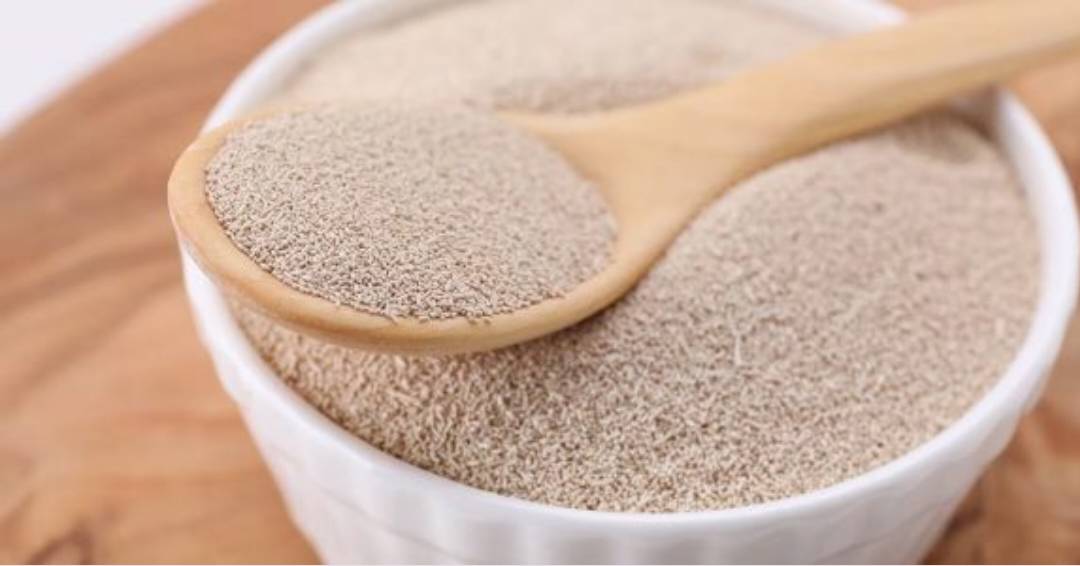
Selecting the right yeast is a crucial step in the art of baking and brewing. Whether you’re making bread, beer, wine, or any other fermented delicacy, the yeast you choose can significantly impact the flavor, aroma, and texture of the final product. In this feature, we’ll explore the factors to consider when picking the perfect yeast strain for your culinary creations.
1. Understand the Basics:
Before delving into yeast selection, it’s essential to have a basic understanding of yeast. Yeast is a microorganism responsible for fermentation, converting sugars into alcohol and carbon dioxide. There are various strains of yeast, each with its unique characteristics.
2. Consider Your Recipe:
The first step in choosing the right yeast is to consider the recipe you’re working with. Different recipes often call for specific yeast strains. For instance:
– Bread: Opt for a bread yeast (Saccharomyces cerevisiae) for rising dough and creating a fluffy texture.
– Beer: Various beer styles require different yeast strains. Lager yeast creates a clean, crisp taste, while ale yeast offers a wide range of flavors.
– Wine: Grape varieties and desired wine styles will determine the type of wine yeast you need.
– Pastries: For sweet pastries like croissants or Danish, choose a pastry yeast for a delicate rise.
3. Yeast Form:
Yeast is available in various forms, such as dry yeast, active dry yeast, instant yeast, and fresh yeast. Each form has its pros and cons. Dry yeast is convenient and has a long shelf life, while fresh yeast is prized for its robust fermentation.
4. Flavor Profile:
Different yeast strains produce varying flavors and aromas. Ale yeast can impart fruity and complex notes, while lager yeast yields cleaner and crisper flavors. Research the expected flavor profile of your chosen strain and ensure it complements your recipe.
5. Fermentation Temperature:
Yeast is sensitive to temperature. Some strains thrive in cooler temperatures (lager yeast), while others prefer warmer conditions (ale yeast). Always check the recommended fermentation temperature range for your yeast strain and match it with your brewing or baking setup.
6. Attenuation:
Attenuation refers to the yeast’s ability to consume sugars. High attenuation yeast will ferment most of the sugars, resulting in a drier product, while low attenuation yeast will leave residual sweetness. Consider the desired level of sweetness or dryness in your final product.
7. Pitch Rate:
The amount of yeast you use, known as the pitch rate, affects fermentation. Underpitching (using too little yeast) can stress the yeast and lead to off-flavors, while overpitching (using too much yeast) may result in a lack of complexity. Follow recommended pitch rates for your specific recipe.
Picking the right yeast is a crucial step in achieving the desired outcome in your baking and brewing endeavors. By considering your recipe, yeast form, flavor profile, fermentation temperature, attenuation, and pitch rate, you’ll be well-equipped to choose the perfect yeast strain to elevate your culinary creations to new heights. Experimentation is key, so don’t be afraid to try different strains to discover the unique flavors and aromas they can offer to your homemade delights. Happy fermenting!

Post Your Comments